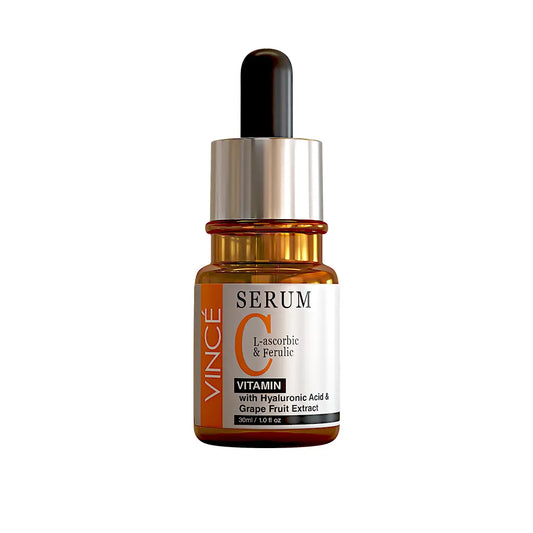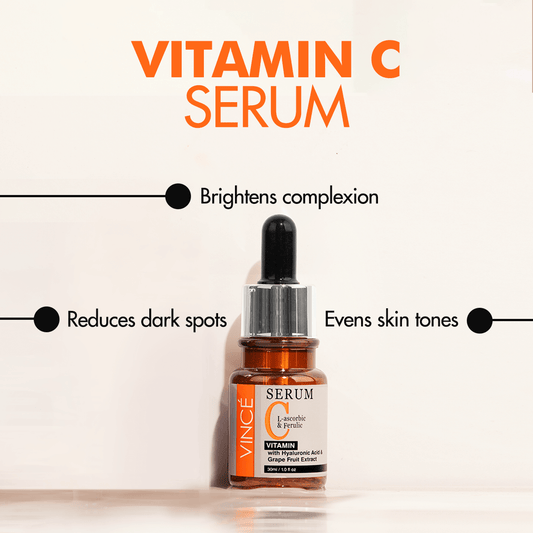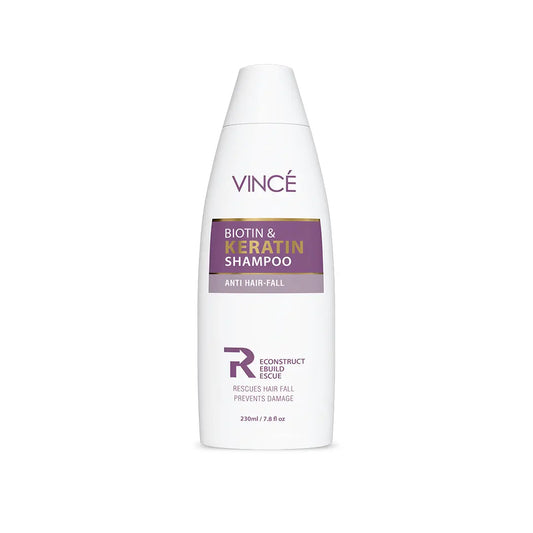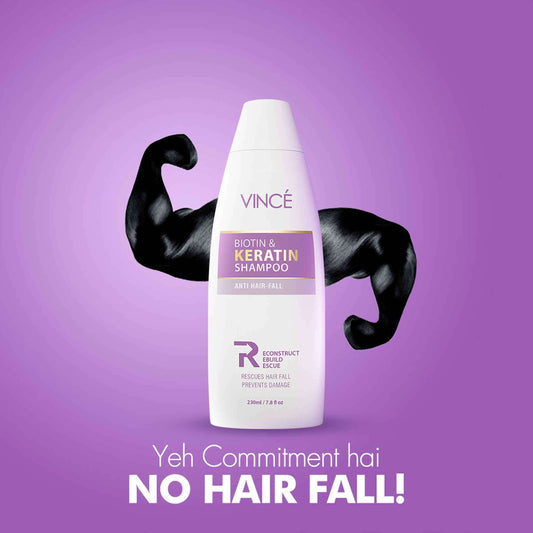7 Types of Acne on Face

Acne skin is a prevalent skin condition that causes pimples on the skin. You usually get a rash on your face. Clogged pores cause acne.
Teens and young adults often get acne, but it can happen during adolescence for many people. Treatments are available to clear acne from your skin and prevent scarring.
Types of Acne

When you feel acne breakouts, you may not wonder what kind of acne you have. How can you get rid of it quickly and effectively?
Acne is usually the result of a hormone active during puberty and continues into adulthood. These hormones combine stress, clogged pores, oily skin, and bacteria to cause acne.
But why are so many different types of acne, and what does that mean for treating your unique skin?
Acne varies depending on how your pores clog and how your body reacts. These spots will either be inflammatory pustules or non-inflammatory like whiteheads. Finding the difference is the first step to properly treating your acne.
- Whiteheads.
- Blackheads.
- Pustules.
- Papules.
- Nodules.
- Cysts.
- Fungal Acne.

1. Whiteheads
The two most common types of acne are the infamous blackheads and whiteheads. Both of these are non-inflammatory pimples, meaning they won't cause inflammation on your skin.
Whiteheads occur when skin cells and oil entirely clog your pores. It results in small white spots associated with these pimples.
If you've ever tried to pop a whitehead, you might realize you can't get far. Although they are often mistaken for pimples, squeezing them does not eliminate whiteheads.
2. Blackheads
To understand blackheads, let's talk about sebum. This oily substance is produced naturally by your body to moisturize and protect the skin. But it can also cause your pores to become clogged.
A blackhead forms when your pores become clogged with sebum or other types of debris, and the pore's surface remains open. Clogged pores and open surfaces make your pimple its central black point.
3. Pustules
Whiteheads and blackheads are two types of acne caused by the body's natural debris (think dead skin cells and sebum). Other types of acne are classified as inflammatory and are associated with redness and swelling of the skin caused by bacteria.
Pustules are the pimples we always tend to pop (but shouldn't). It is a white dot of pus and scabs on the surrounding skin with small bumps.
A bacterial infection often causes these in your bark, but puberty and stress are common factors. Doctors and dermatologists advise against popping the pus because of the potential spread of bacteria.
4. Papules
Many see acne blemishes as swollen red bumps, normal breakouts.
Like other acne blemishes, pimples form when excess oil and dead skin cells clog your pores. Pressure builds up in a blocked pore and can cause your pore walls to burst, spreading dirt to the surrounding skin.
Your immune system responds to the rash with inflammation, giving the papules a red and swollen appearance.
Calming inflammation is essential to help reduce pimples and prevent the development of blemishes. Look for anti-inflammatory botanicals like cucumber, rose water, and camellia.
Vince anti-acne cream helps balance your skin's oil production to prevent clogged pores for the best results. Meanwhile, dew softens blemishes and helps reduce inflammation.
5. Nodules
Most types of acne are relatively painless, but this is only sometimes the case. Nodular acne usually occurs when bacteria cause a painful infection within the layers of the pore.
If you find the infected pimple too painful to touch, there's a good chance you're dealing with a nodule. This type of acne may have visible pus, but a deeper infection may now have a white dot on the surface.
6. Cysts
Cysts are the most painful type of acne and are challenging to treat. They combine the symptoms of the previous types of acne but are often painful to the touch, bleed, and are more prone to breakouts and scarring.
If you suspect you have an acne cyst, the severity of the pain is a clear sign. It can also be more prominent and tender than a regular pimple on top of being very swollen.
7. Fungal Acne
Although it's not acne, it's essential to note fungal acne because it's often mistaken for it.
Also known as folliculitis or yeast infection, fungal acne causes infection and inflammation of the hair follicles. It can happen anywhere you have hair on your body and are usually caused by exercise, sweat, and tight clothing.
You may encounter fungal acne with no results if you've tried multiple acne treatments.
Speaking of treatments, let's discuss the different types and find the best source of relief for your type of acne.
What Causes Acne?
Clogged hair follicles or pores cause acne. Your hair follicles are tiny tubes that hold a strand of your hair. Several glands empty into your hair follicles. A blockage occurs when there is too much material inside your hair follicle. Your pores may become clogged with the following:
- Sebum: An oily substance that provides a protective barrier for the skin.
- Bacteria: Small amounts of bacteria live on your skin naturally. It can clog your pores If you have too much bacteria.
- Dead skin cells: Your skin cells often allow more cells to grow. When your skin sheds dead skin cells, they can get stuck in your hair follicle.
When your pores become clogged, the substance plugs your hair follicle, creating a pimple. It triggers inflammation, which makes you feel pain and swelling. You can also see inflammation through skin discoloration, such as redness around a pimple.
Treating Different Types of Acne
- Topical Treatments.
- Oral Medications.
- Other Treatments.
1. Topical Treatments
Whiteheads and blackheads are manageable with topical treatments, such as benzoyl peroxide. It removes facial debris like dead skin cells and cleans your pores without being too abrasive.
Just be cautious with this product, as it can bleach any towels, sheets, or clothing it comes in contact with.
Another excellent option for controlling whiteheads and blackheads is salicylic acid. When applied to your skin, salicylic acid helps slough off dead skin layers while reducing inflammation, itching, and pimple development.
Topical treatments and medications against fungal acne can also be effective. If you have folliculitis, talk to your doctor about the proper treatment.
2. Oral Medications
Over-the-counter medications, such as topical creams, are sometimes helpful for papules and pustules. If these treatments prove ineffective, dermatologists may prescribe hormone-regulating pills (such as birth control) or antibiotics for women.
These medications are meant to fight the inflammation on your skin caused by acne. Almost all cases, antibiotics are recommended to help treat bacteria-filled pus without popping it.
3. Other Treatments
The more severe your acne, the less effective over-the-counter topical and oral medications may be. For nodules and cysts, other medications or different measures may take to treat your acne properly.
For example, nodular acne may only require salicylic acid, benzoyl peroxide, or a prescription-strength antibiotic. If these treatments do not achieve the desired results, chemical peels, lasers, or nodular drainage may be helpful.
Several medications, such as spironolactone, can be beneficial in getting rid of cysts. It's also not unusual for doctors to recommend cortisone injections to fight inflammation.
Once you've found the ideal treatment to manage your acne, the next important step is to prevent further breakouts. Keep reading for the best ways to stop acne from swirling around.
Preventing Different Types of Acne
- Wash Your Face.
- Research Cosmetics.
- Consider Your Diet.
1. Wash Your Face
Getting into your face-washing routine is more than just remembering to wash with soap and water. The temperature of the water, the type of cleanser you use, and how often you wash will determine the best results.
When looking for the right cleanser, choose a gentle product that doesn't contain alcohol. And it's best to limit washing your face to twice a day. Apply your cleanser with lukewarm water, and always avoid scrubbing with hot water or a cloth.
2. Research Cosmetics
The makeup you use can also have a significant impact on your acne.
Some foundations contain an emollient called myristyl myristate, known to unclog pores. But any heavy ingredients in foundation, powder, and blush can make breathing difficult for your skin.
Non-comedogenic makeup is designed without these heavy ingredients, so it doesn't block pores. If you feel that your makeup is causing your pores to clog, go for this option and remove your makeup before going to bed.
3. Consider Your Diet
Foods that cause your blood sugar to rise quickly can cause excess hormones that tell your body to make more sebum. It can cause pores and acne. White grains such as pasta, white rice, and white bread also increase sebum.
The good news is that many foods can benefit your skin as well. From whole grains to leafy greens and every antioxidant-rich fruit in between, look for options high in vitamins A, E, and zinc.
In addition to helping with acne, zinc supports your immune system and helps your body during natural healing.
Zinc-rich foods include avocados, pomegranates, raspberries, oysters, and shrimp. Maintaining a balanced diet with these natural food choices will provide your body with plenty of zinc.
Conclusion
Acne is a common skin condition where your skin pores become clogged. Blockages in the pores cause blackheads, whiteheads, and other pimples. Pimples are pus-filled, sometimes painful, bumps on your skin.
This guide also discussed types of acne, its causes, and prevention. It would help if you used an excellent anti-acne cream like Vince anti-acne cream and a good face cleanser.




